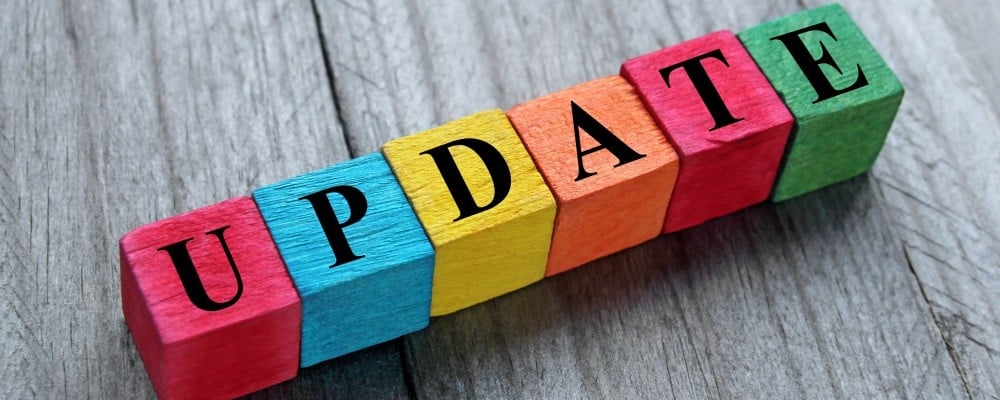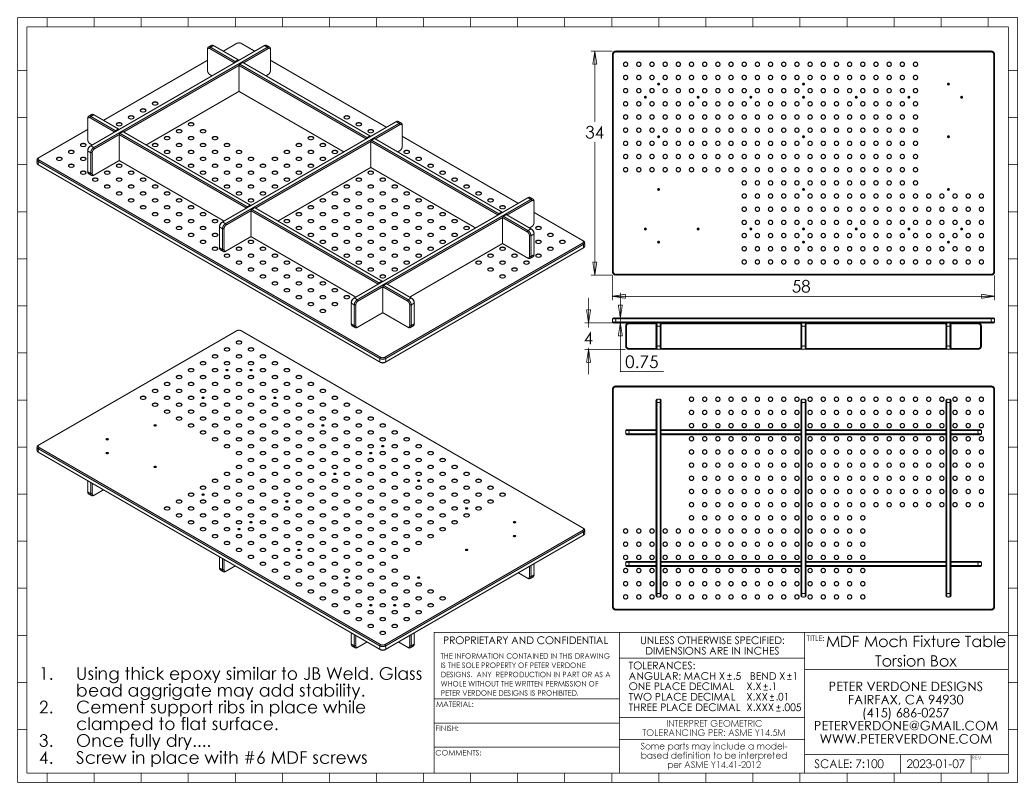It’s been a while since discussing the SKYNET and WOPR frame fixtures. They are some of my most important work and I review them from time to time.
I’m not going to go into too much about the fixtures as little has changed, aside from one important detail.
Early in the designing of the Cyberdyne frame fixture, I chose to keep the centerline height of the fixture low to make for a more rigid fixture and easier make accurate. That height was 140mm. That proved to be a little aggressive as it didn’t allow enough space under the centerline of the frame to have a lot comfort and options in tacking and welding.
For the SKYNET and WOPR fixture, that was moved up to 160mm. This was a bit better. Still, more room was going to be better.
I’ve updated the prints now to show a 180mm centerline height. This conforms to what most plate fixtures are using. Hopefully, the fixtures are rigid enough to handle this change. Additional support and base for these parts may be worth review.
PVD SKYNET Chassis Fixture Package 202301072
PVD WOPR Frame Fixture Package R202301071
Another important addition to the plans is a basic description of an MDF torsion box construction. This is a very simple addition of supports to the back side of an MDF surface that gives it a significant increase in rigidity and stability….and if done correctly a great degree of flatness.
The trick, like precision bedding a rifle action into a stock, is to mate the structure to the surface with an epoxy that will fill all the deviations between the two with the surface held as flat as possible. Once the epoxy has cured, the two parts can be securely screwed together for long term strength and durability.
The cost to produce this may be quite low for those that have the proper tools, space and knowledge. Multiples copies could be produced for a group at one time. Obviously, a more elaborate construction is possible and I’d love to see what folks come up with. More can be done.
As this is a very similar task as a woodworker producing a multifunction table (MFT), there are many videos on the topic. Here’s a video the shows a great method of producing a raster in MDF with a few simple layout tools. Very cool.
The issue comes for those that do not have this access or knowledge. Their costs could rise to a good portion of that of a low cost metal (ie. Certiflat, $500) surface. More, a real BuildPro or Seigmund table ($1200+). Please don’t go blowing a load on wood when metal could be had for twice the price.
The benefits of an MDF surface are real and may be important to many.
- They are light and easy to move and store when not in use.
- They can be passed among a group of friends more casually than other fixtures.
- They can easily be vertically mounted to a common interior drywall wall without worry.
- They can give a new builder time to focus on craft and fixture design while maybe saving for a larger more serious table than they might have purchased earlier.
I’m very excited about these changes. It will make either fixture much more user friendly. As a user, that’s great news.


